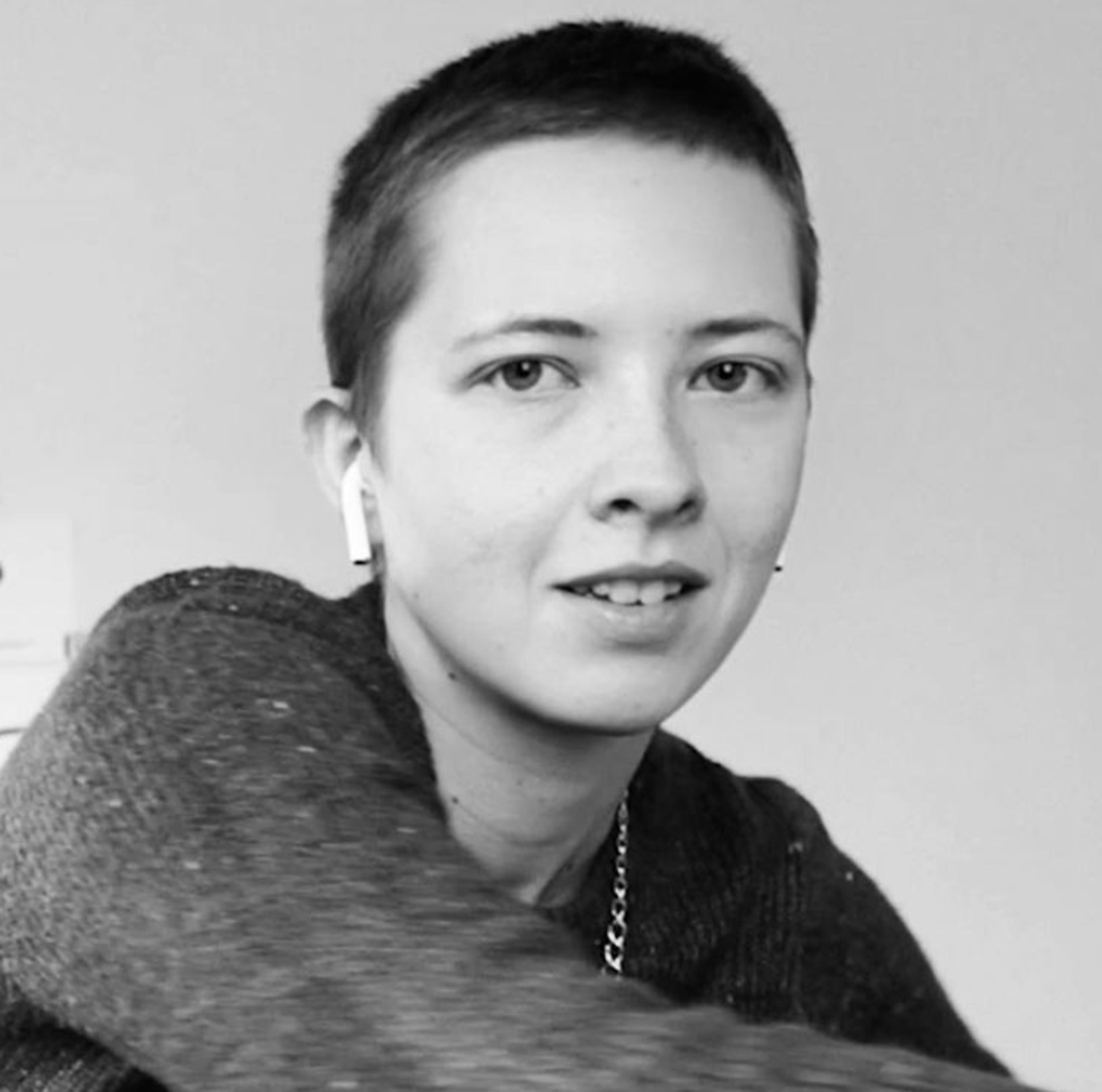The HeLa cells were taken from Henrietta Lacks's body in 1951, shortly before she died of cancer. A mutation rendered them immortal, allowing researchers worldwide to use them for thousands of studies. The cells have led to treatments ranging from a cure for polio to in-vitro fertilization.
Skloot makes it her mission to find out what happened to Henrietta. She will develop a close relationship with Deborah during a decade of research, chronicling the Lacks family's struggle to come to terms with their mother's legacy.
Analysis
Identity (pg. ...)
Henrietta Lacks' cells from her cervix became the world's first immortal human cell line. The author relates that this picture has been used hundreds of times by scientists and teachers. They don't even know her name; they refer to her as HeLa, the code given to her cells.
The book's first chapter introduces Henrietta as a person, rather than just a collection of cells. The rest of the book will chronicle skloot's quest to solve the mystery surrounding her identity.
Relationship between author and Henrietta (pg. ...)
The author ends her introduction by observing that the “Lackses challenged everything I thought I knew about faith, science, journalism, and race.” She emphasizes that the book isn’t just about Henrietta and HeLa, but also about the Lacks family.
A vital relationship within the book is that between Deborah and Skloot. Despite their many differences, they become friends, and each affects the other's life in a dramatic way.
Quotes
Key Themes
